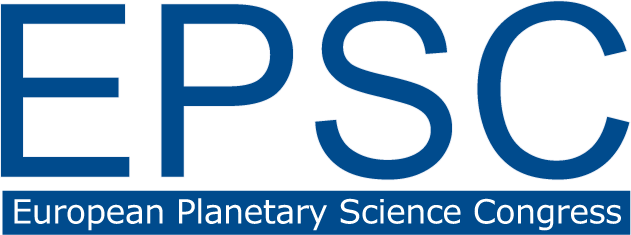Posters
MIT6
Convener:
Michel Blanc
|
Co-conveners:
Pontus Brandt,
Pascale Ehrenfreund,
Kathleen Mandt,
Merav Opher,
Olivier Witasse
Attendance time: Tuesday, 17 September 2019, 17:15–18:45 | Level 1
L1.1 |
EPSC-DPS2019-1999
Discovering the Origin of the Solar System from Onboard Interstellar Probe
(withdrawn)
L1.2 |
EPSC-DPS2019-226
Stereo-Astronomy First principles
(withdrawn)
L1.7 |
EPSC-DPS2019-1899
Neutral Gas Analyzer for the Interstellar Probe Mission
(withdrawn)
L1.9 |
EPSC-DPS2019-1987
Requirements and design of a dual, thermal ion-electron instrument for an outer heliosphere and interstellar mission
(withdrawn)
L1.10 |
EPSC-DPS2019-1991
Measuring Dust Impact Effects in the Interstellar Medium for the 1000 AU Interstellar Probe Mission
(withdrawn)

